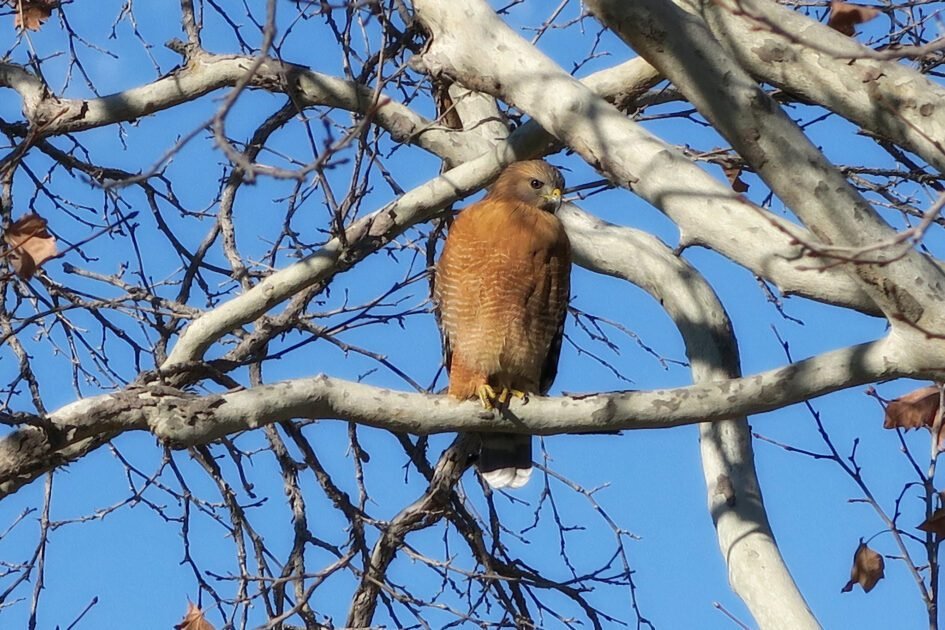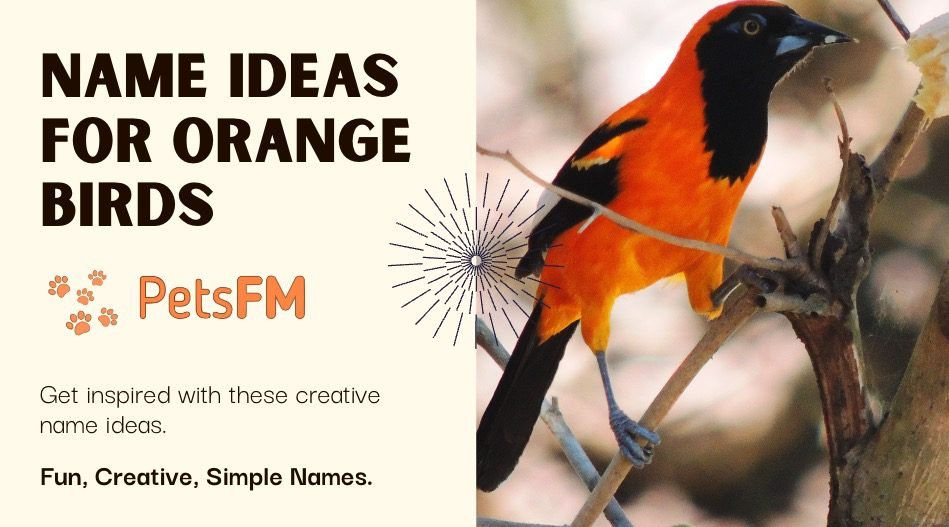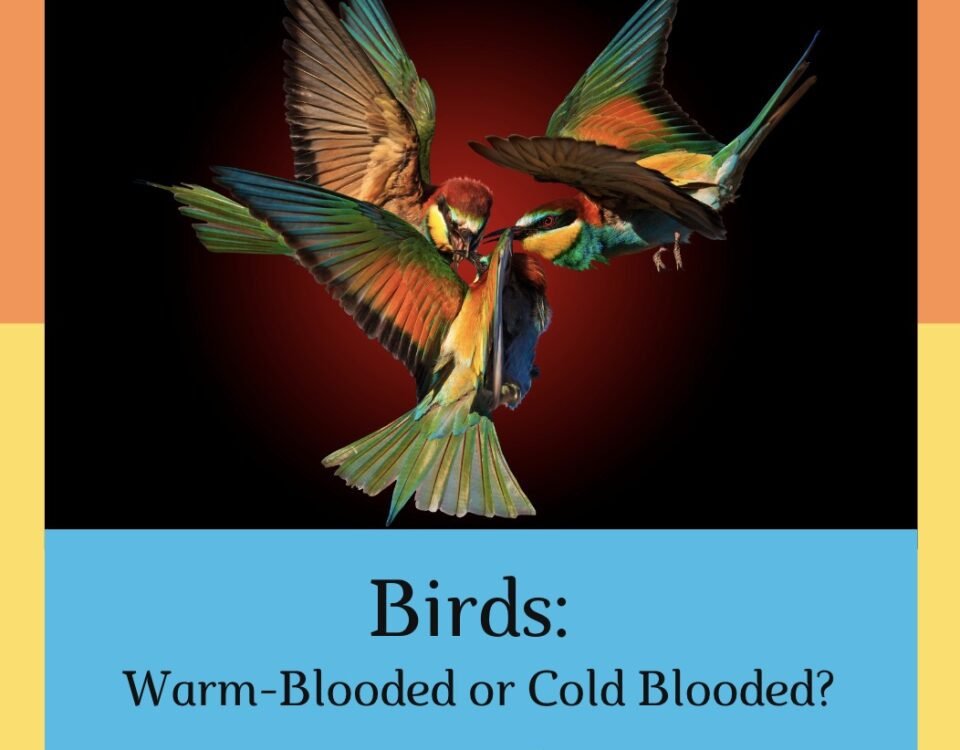


Are Birds Warm-Blooded or Cold-Blooded? [2024 Guide]
January 4, 2024


AKC vs ACA Difference: Which One To Choose? [2024 Guide]
January 4, 2024Have you ever looked out your kitchen window only to lock eyes with a fierce, feathered visitor perched in your backyard? That’s exactly what happened to me one crisp morning, and the visitor was none other than a hawk. Not every day do you find such a majestic bird of prey casually hanging out beside your rose bushes.
Seeing a hawk in your backyard is like nature’s version of a surprise party – unexpected, thrilling, and intimidating. This article will share the roller coaster of emotions and thoughts of having a hawk as your impromptu garden guest.
Whether you’re an avid birdwatcher, a nature enthusiast, or just curious about these magnificent birds, join me as we explore the ups and downs of backyard hawk hospitality. Let’s dive in!


Pros and cons of having a hawk in your backyard
The Pros of Having a Hawk in Your Backyard
1. Natural Beauty and Birdwatching
Imagine sipping your morning coffee and witnessing the powerful grace of a hawk gliding through the air – it’s like having front-row seats to a live nature show. Hawks are stunning creatures with sharp nails, keen eyes, and impressive wingspans.
They carry an air of nobility that can transform your ordinary backyard into a scene from a nature documentary. This close-up birdwatching opportunity is a rare treat, offering a chance to observe these majestic birds as they go about their daily routines.
2. Pest Control
Hawks are nature’s pest controllers. These birds of prey are skilled hunters, keeping the population of rodents and insects in check. This natural method of pest control is not only effective but also eco-friendly.
With a hawk patrolling your backyard, you might notice a decrease in unwelcome rodents scurrying around, which can be a relief, especially in more rural or suburban areas.
3. Educational Value
There’s so much to learn from having a hawk in your backyard. For families, especially those with curious kids, it’s a fantastic educational experience. You can observe and discuss the hawk’s hunting strategies, diet, and role in the food chain.
Researching different hawk species, their migration patterns, and their behaviors can become an engaging family activity. These real-life lessons in nature and wildlife can be far more impactful than anything learned from a book.
4. Healthy Ecosystem
A hawk’s presence in your backyard signifies a healthy ecosystem. These birds are top predators, meaning their well-being often reflects the overall health of the local environment.
A thriving hawk population suggests a balanced ecosystem with sufficient prey and minimal pollution. By supporting a diverse range of species, including predators like hawks, your backyard becomes part of a larger, interconnected natural community, playing a role in maintaining the health and balance of local wildlife.
Must Read: 20+ Smells That Truly Repel Birds
The Cons of Having a Hawk in Your Backyard
1. Safety of Other Pets and Small Wildlife
While hawks are a magnificent sight, their presence can raise concerns for the safety of smaller pets and wildlife. Hawks are natural predators, and their hunting instinct can threaten small animals like rabbits, guinea pigs, and even small cats or dogs.
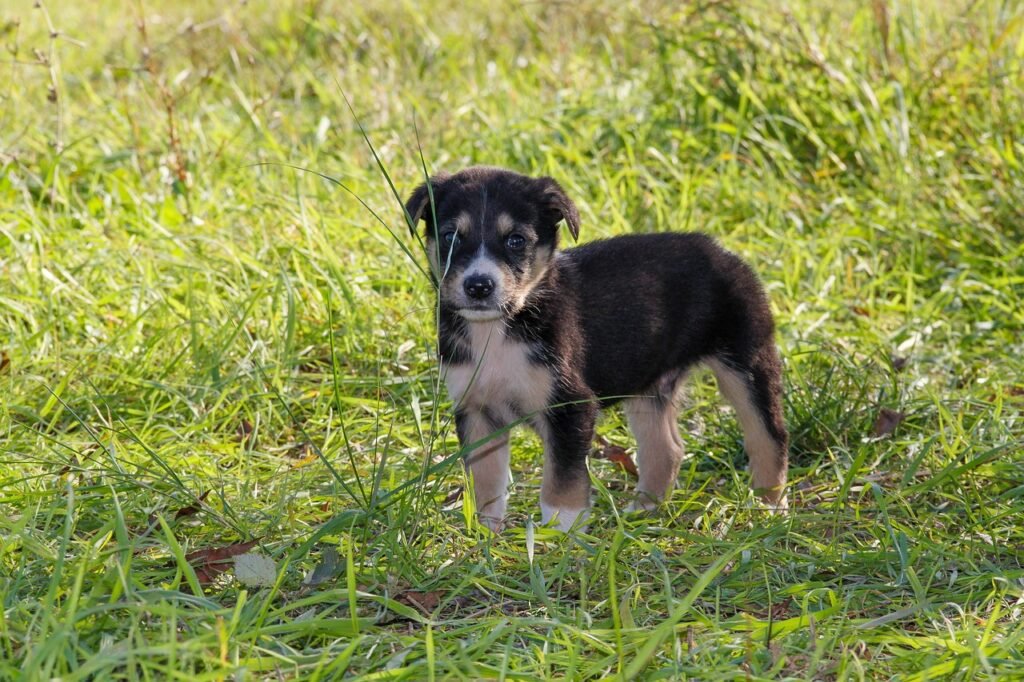

Little Puppy in Grass
A hawk might disrupt this harmony for those with a bustling little ecosystem of backyard wildlife, such as chipmunks or songbirds. Pet owners need to be vigilant, supervising their smaller pets when they are outside or providing safe, covered areas for them.
2. Noise and Mess
Hawks can be pretty vocal, especially during mating season. While fascinating to some, their calls might be disruptive or annoying, particularly if they are frequent or occur early in the morning.
Additionally, hawks can leave behind a mess. The remnants of their meals, which may include feathers and bones of their prey, might be scattered around your yard. This requires clean-up and can be a bit unsettling for some.
3. Impact on Other Bird Species
For avid birdwatchers, a hawk might reduce the variety of birds in your backyard. Smaller birds, once they recognize the presence of a predator, might steer clear of the area. This can lead to a noticeable decrease in the diversity of bird species visiting your feeders or gardens.
While hawks play a critical role in the ecosystem, their hunting habits can sometimes cause a temporary imbalance in the smaller bird population in your immediate area.
4: Potential Hazards to Poultry and Domestic Fowl
For individuals who keep backyard poultry, such as chickens or ducks, the presence of hawks can pose a significant threat. Hawks are known to target small domestic fowl as potential prey.
This can lead to concerns about the safety of poultry and the potential loss of valuable livestock. To mitigate this risk, poultry keepers may need to invest in protective measures, such as secure enclosures or netting, to ensure the safety of their birds.
Related Read: Do Hawks Attack & Eat Foxes? Your Question Answered
Helping an Injured Hawk in Your Backyard
Should you find an injured hawk in your backyard, approach with caution. Observe from a distance and avoid direct contact, as hawks can be defensive when hurt. Quickly contact local wildlife rehabilitators or a licensed wildlife rescue center for assistance.
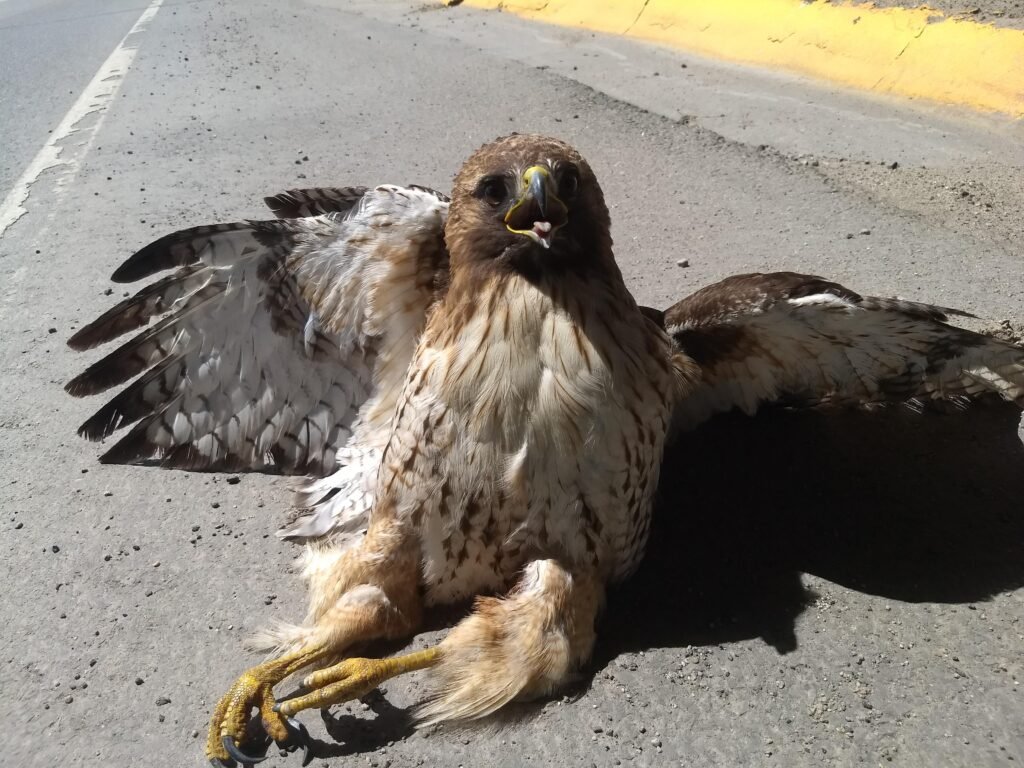

Injured Hawk
Keep pets and people away to minimize stress on the bird. Remember, handling or caring for wild hawks requires specific permits and expertise, so it’s essential to leave this to professionals. Prompt, responsible action is key to the hawk’s recovery and supports local wildlife conservation efforts
Identifying Different Hawk Species
Red-tailed Hawk:
- Distinctive red tail feathers.
- Broad wingspan.
- Often seen soaring high in the sky.
Sharp-shinned Hawk:
- Smaller size compared to other hawks.
- Swift and stealthy flight.
- Sharp, narrow wings and tail.
Osprey:
- Predominantly found near water bodies.
- White head and underparts.
- Dark eye stripe and hooked bill.
- Known for catching fish with powerful talons.
Cooper’s Hawk:
- Medium-sized with rounded wings.
- Blue-gray back and orange-red eyes.
- Frequent visits to bird feeders.
Northern Harrier:
- Long wings and a distinctive white rump patch.
- Hunts low over open fields and marshes.
- Females are larger and have brown plumage, while males are grayish with white underparts.
American Kestrel:
- Small, colorful falcon with striking plumage.
- Males have blue-gray wings, while females exhibit rufous (reddish-brown) wings.
- Often seen perched on wires or hovering while hunting.
Broad-winged Hawk:
- Medium-sized hawk with broad wings.
- Known for their high-pitched calls during migration.
- Often migrate in large flocks called “kettles” in the fall.
Also, Read: Are Birds Warm-Blooded or Cold-Blooded?
Creating a Hawk-Friendly Environment
Inviting a hawk into your backyard isn’t just about enjoying their majestic presence; it’s also about playing a role in wildlife conservation.
Here are some tips on making your backyard more appealing to hawks, focusing on providing a suitable habitat and food sources.
- Planting Trees and Shrubs: Hawks often prefer tall, sturdy trees for perching and nesting. Planting native trees and large shrubs can give them the ideal lookout spots for hunting and a safe haven for resting. Oak, pine, and sycamore trees are great choices. Dense shrubs can also offer shelter for hawks and their prey, creating a balanced environment.
- Maintaining Open Spaces: Hawks are adept hunters in open spaces where they can easily spot and swoop down on their prey. If you have a lawn or open field, keeping some of it clear and free from tall grasses can make it an ideal hunting ground for hawks.
- Water Sources: Like all wildlife, hawks need a reliable water source. Installing a birdbath or a small pond can attract hawks and their prey to your backyard. Ensure the water is clean and replenished regularly.
- Preserving Natural Habitats: This environment can be beneficial if your backyard borders a natural area. Avoid over-cleaning or excessively landscaping these areas. Natural habitats with a mix of trees, shrubs, and open spaces are ideal for hawks.
- Avoiding Pesticides and Rodenticides: Chemicals used to control pests can harm hawks indirectly by poisoning their prey. Opt for natural pest control methods to ensure the safety of the hawks and the integrity of the food chain in your backyard ecosystem.
- Installing Nesting Platforms: In areas where natural nesting sites are scarce, installing a nesting platform can encourage hawks to reside. Ensure it’s placed high and in a quiet area of your yard.
- Educating Neighbors: Part of creating a hawk-friendly environment involves community effort. Educate your neighbors about the benefits of hawks and encourage them to adopt similar practices.
Also, Read: Everything You Need to Know About Birds’ Heat Cycles
Conclusion
In conclusion, having a hawk in your backyard is a unique blend of challenges and rewards. While they bring natural beauty and contribute to a healthy ecosystem, they pose concerns for smaller wildlife and require mindful coexistence.
By understanding and respecting these magnificent birds, we can enjoy their presence while maintaining a balanced backyard environment.
